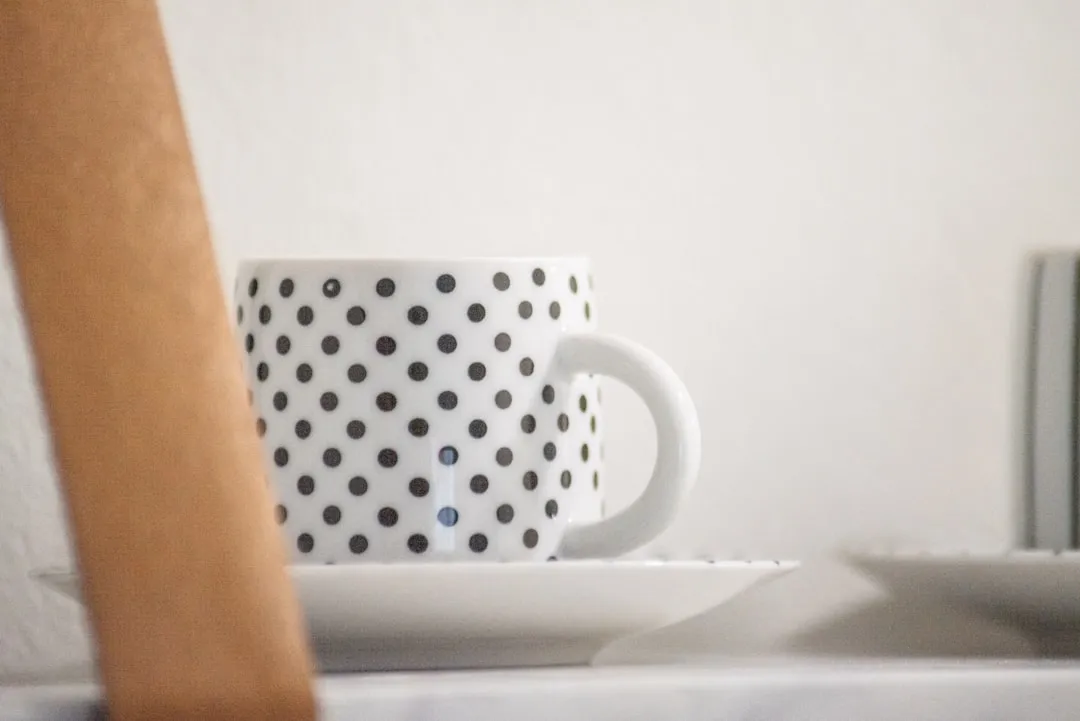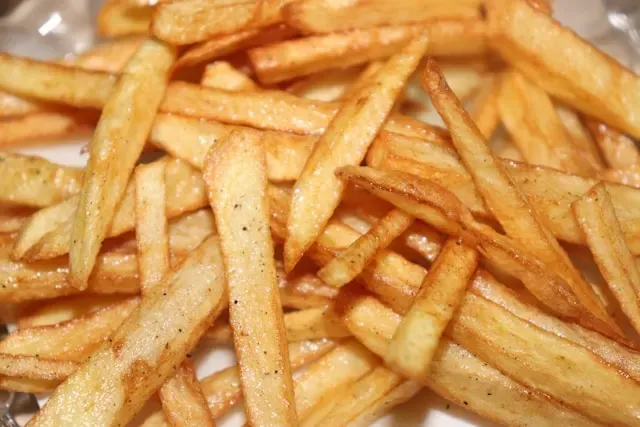Plastic wrap is, arguably, man's greatest invention—or at least, the 2000 Year Old Man thought so. Its primary use is to protect food from getting dried out in the fridge or on the counter; but if that's all you're only using it for, you're missing out.
- Don't Miss: Your Fridge: You're Using It Wrong
One of its most useful applications in my kitchen is for rolling food into tight cylinders—sushi, cookies, you name it. But recently, I learned an incredible tip that makes this hack even more reliable and helpful.
Before you place a piece of plastic wrap over your cutting board, use a damp paper towel or dish towel to moisten the surface of the cutting board. This makes the plastic wrap stick better; so when you roll, the plastic won't be all bunched up in places.

A damp paper towel and a roll of plastic wrap can change the way you make rolled-up food.
The wrap traps the dampness, too, so though you have to work somewhat quickly to retain the elevated clinging effect, you don't have to worry about re-moistening your cutting board until you put on a new piece of plastic wrap.
I recently made a variation of this spinach cream cheese-stuffed chicken recipe as a means of testing out this trick.

That smooth, even surface is going to make for a prettier presentation.
I wet my cutting board with a damp paper towel and covered it with a layer of cling wrap as seen above, then placed my pounded-thin chicken breast and a dollop of spinach filling, on it.

Ready to roll (And yes, I smoothed out the bubbles that had formed before I started rolling)!
Next, I folded the plastic wrap in half over the chicken to compact it and trap the filling inside, then began rolling. As I continued to roll, I made sure to tuck the plastic wrap under each roll; I knew that the wrap would release fairly easily, even if some of it got stuck between the rolls of the chicken.

You can see how this would be much neater to bread and bake - or even fry.
Whereas in the past my loose rolls would lead to leakage while cooking, the ability to tightly wrap and then tie off the ends of the plastic wrap around my chicken roulades made all the difference in the world.

It looks a little messy, but once the roll was refrigerated for a bit everything stayed intact really well.
The initial preparation may look like a hot mess, with spinach filling leaking out here and there, but it was actually quite successful—especially when compared to my previous attempts at rolling food. After refrigerating the roulade for half an hour, I had lovely, neat rolls of cheesy chicken goodness that were easy to bread and bake.
Here's the result:

Ta-dah! Elegant and easy cheese and spinach stuffed chicken breast.
The presentation has a pretty high wow factor, too: it transforms a quick and easy recipe into something you'd be happy to serve to company…which is exactly what I did.

A pretty guest-worthy meal, I'd say. Now I wish I'd made more...
But the use of this rolling hack doesn't have to be confined solely to chicken breasts. Sushi is, of course, one of the most famous rolled foods, and this trick with plastic wrap could easily be applied to prepping your favorite rolled rice-and-raw-fish dish.
- Don't Miss: How to Make Restaurant-Grade Sushi Rice

I bet the damp cutting board trick could have made that rolling even easier.
When making sandwiches for a crowd, rollups in wraps or tortillas make for both easy prep as well as an eye-catching presentation: these Southwestern rollups are a snap with this handy tip.


These gorgeous rollup sandwiches could definitely have used a tighter roll.


These gorgeous rollup sandwiches could definitely have used a tighter roll.
Braciola is a famous (and delicious) rolled Italian dish that surrounds cheese, breadcrumbs, and pancetta with pounded-thin steak for an elegant and impressive entrée. Using the damp cutting board trick would allow for a much tighter roll… and maybe the opportunity to include even more luscious filling.


This hack should take away some of the fear factor away from trying to make braciola.


This hack should take away some of the fear factor away from trying to make braciola.
Of course, rolled foods aren't limited to the savory or to entrées. Compound butters and rolled cookies are even easier to form with the application of the damp board trick.
These black-and-white pinwheels look yummy, but I bet they could've featured an extra chocolate spiral with a tighter roll!


Who doesn't love pinwheel cookies? But a tighter roll = more chocolate inside.


Who doesn't love pinwheel cookies? But a tighter roll = more chocolate inside.
The best part about this hack is that you already have everything you need to use it: the only tools required, after all, are a cutting board, water, a towel, and plastic wrap.
So the next time you're "on a roll" making dinner (or dessert), dampen your cutting board before lining it with plastic wrap... and just roll with it, baby!
- Follow Food Hacks Daily on Facebook, Twitter, and Instagram
- Follow WonderHowTo on Facebook, Twitter, and Google+
More Handy Cooking Hacks:
- Here's How to Bake Cupcakes and Muffins Without a Cupcake Pan
- Velveting Meat: The Best-Kept Chinese Restaurant Secret
- What Makes or Breaks a Perfect Pie Crust (& Why)
Photos by Wendy Schapiro/Food Hacks (unless otherwise stated). Cover photo via Martha Stewart Living

























Comments
Be the first, drop a comment!